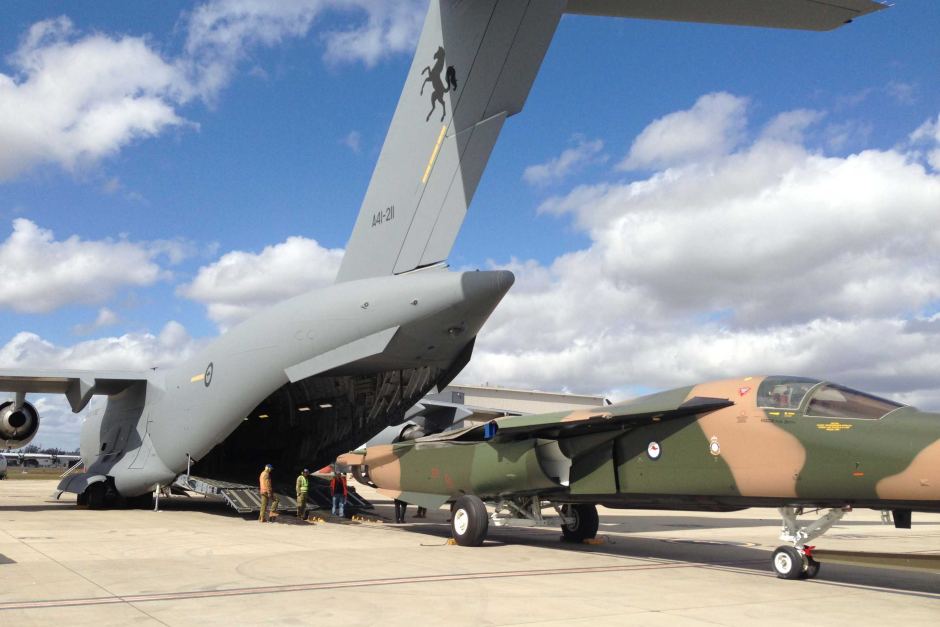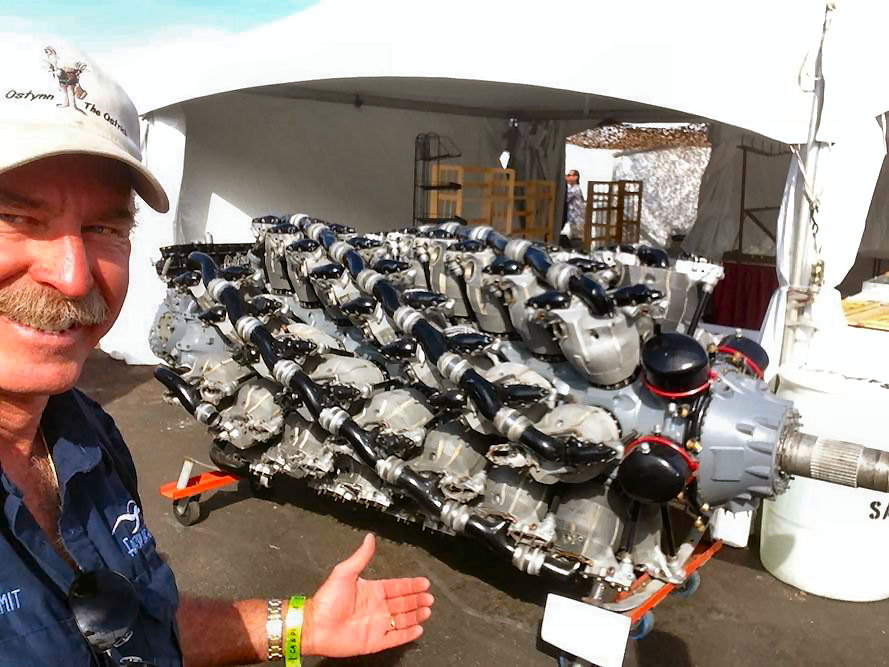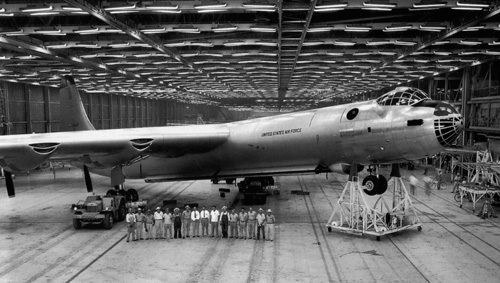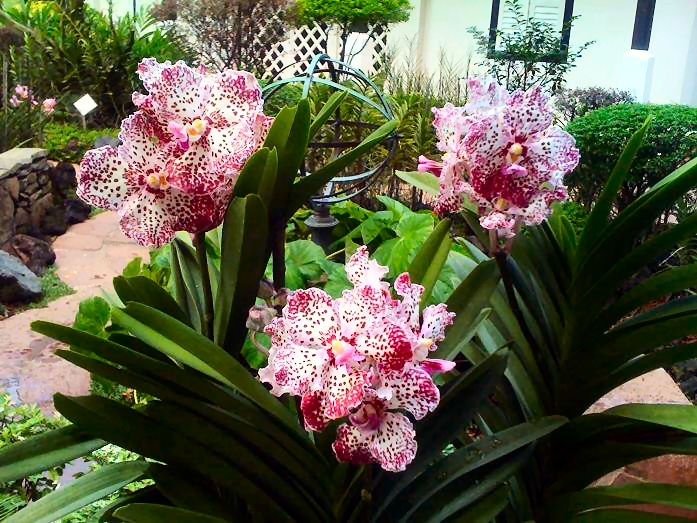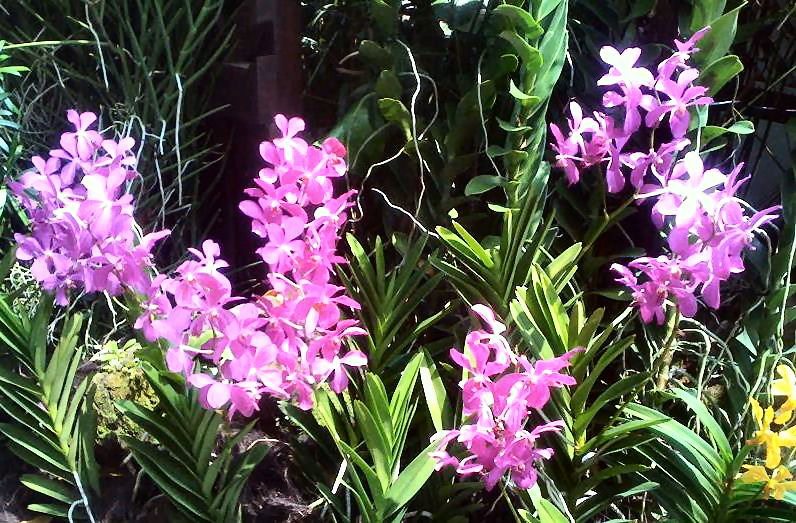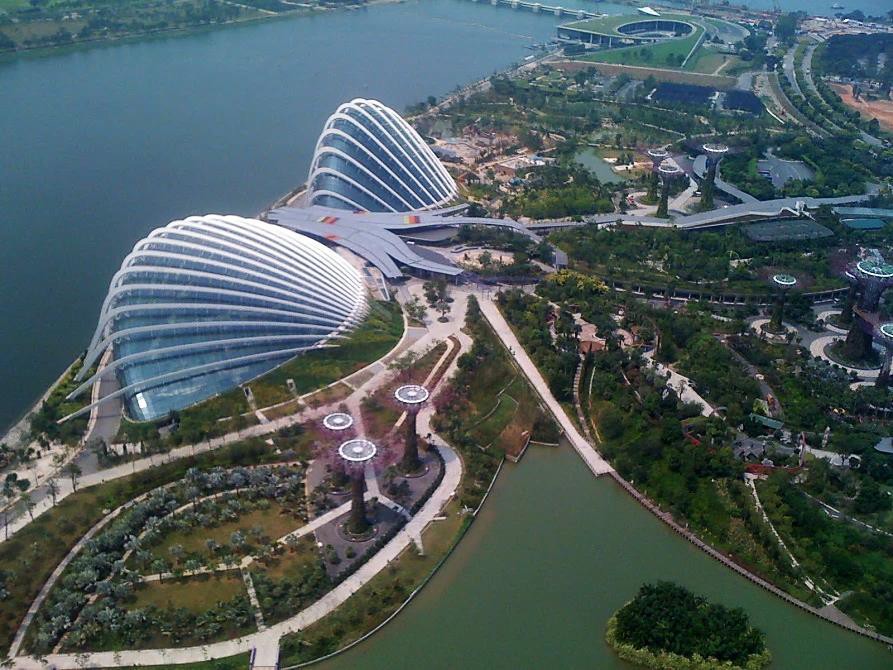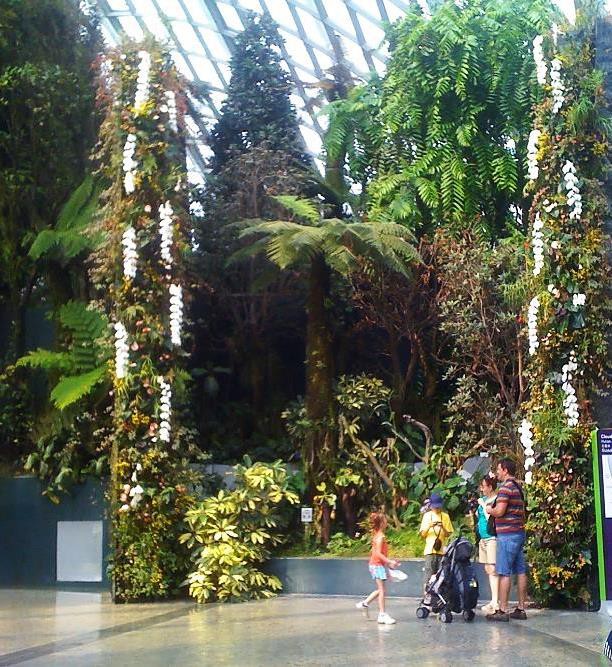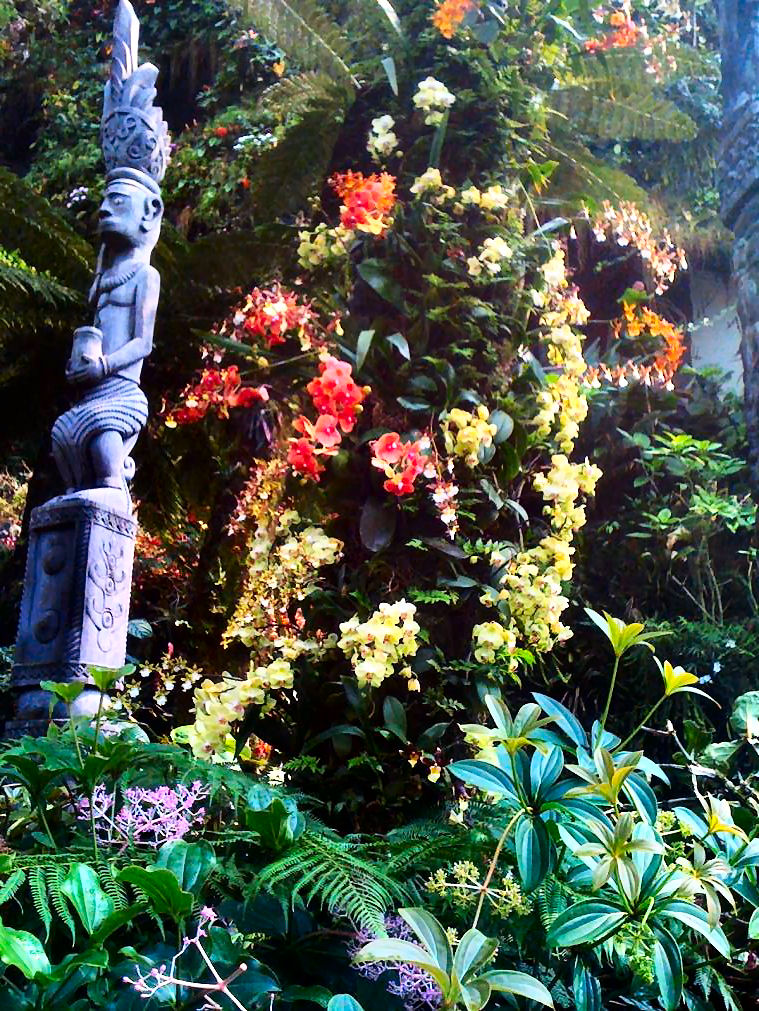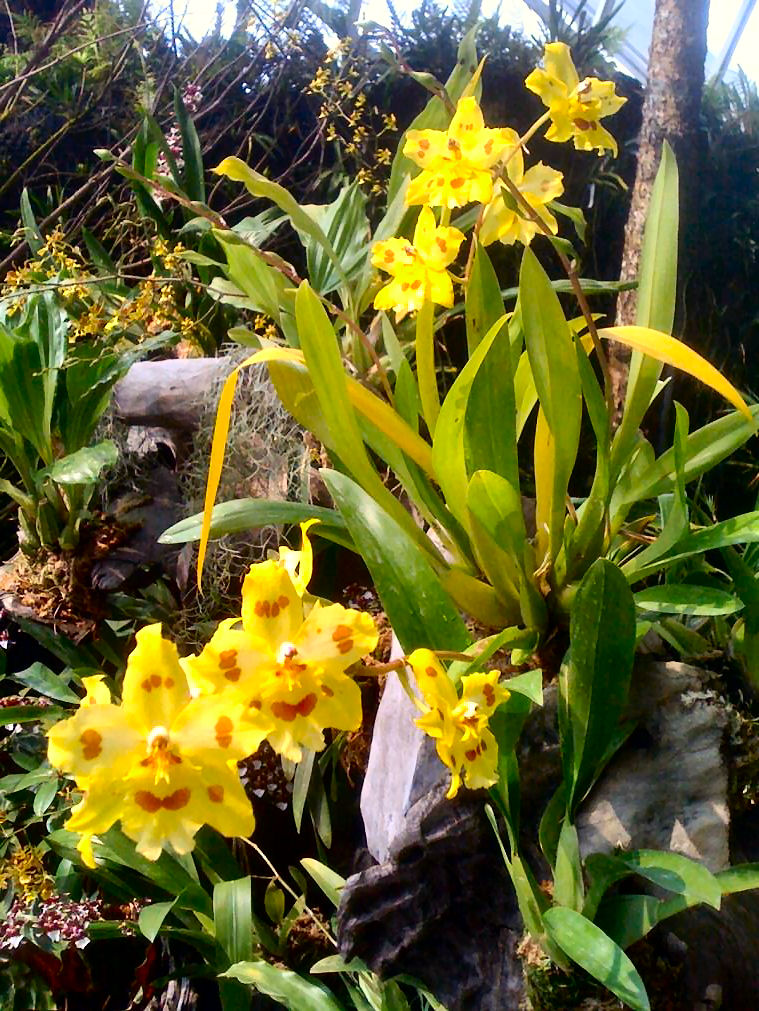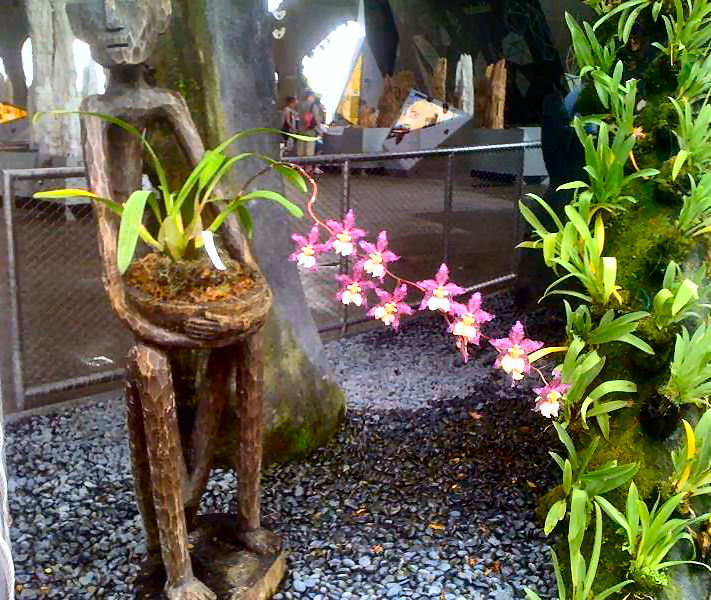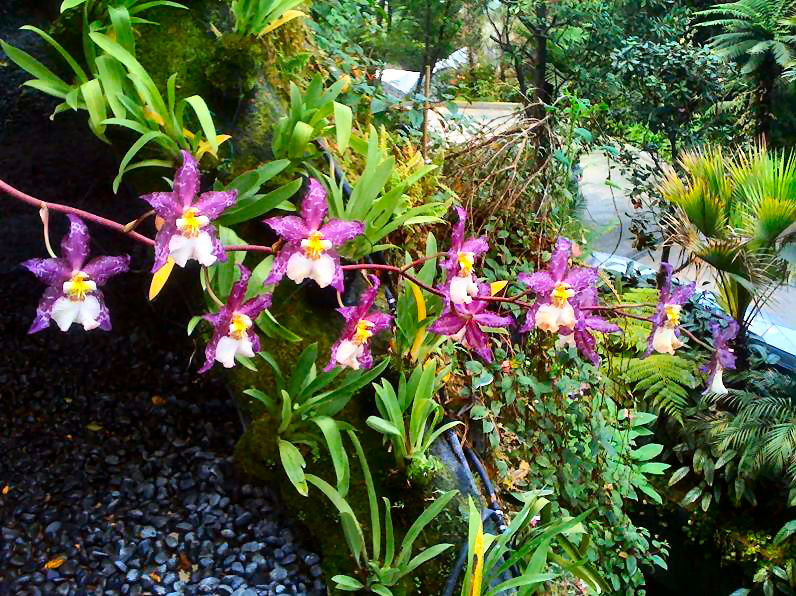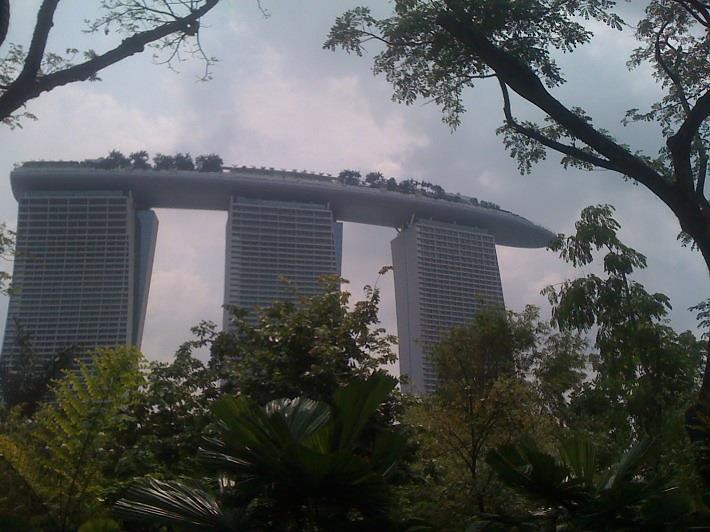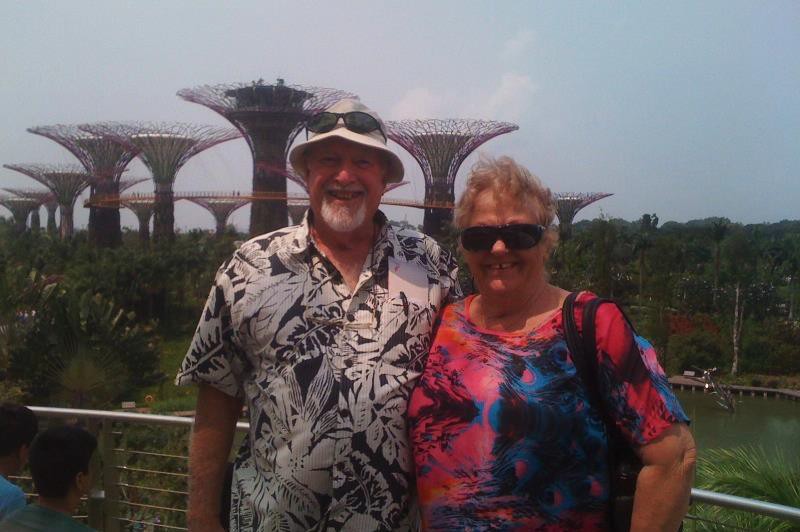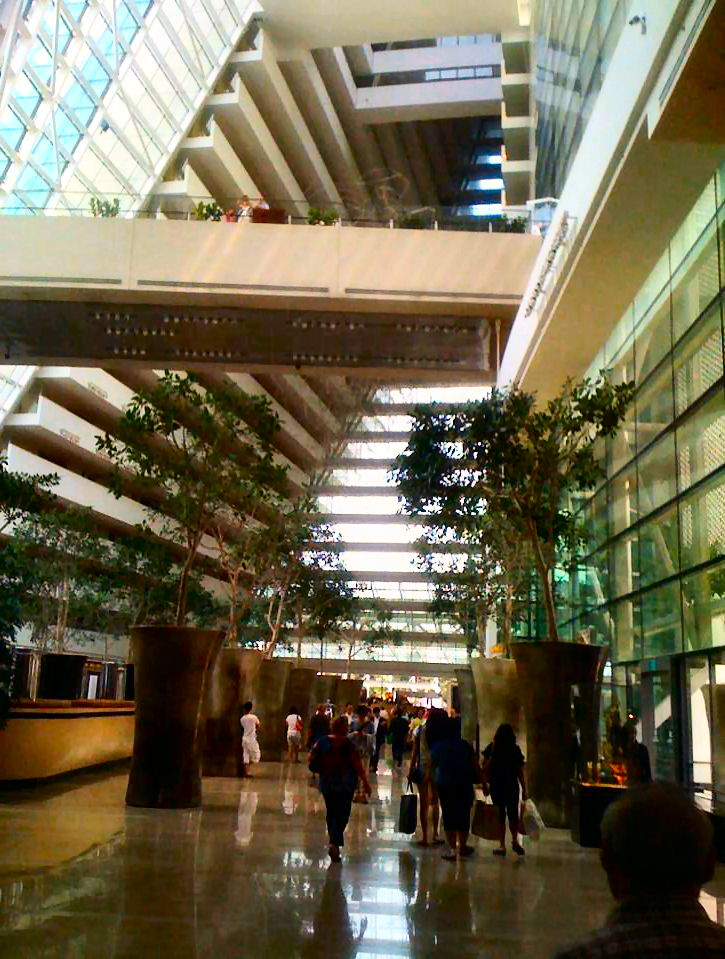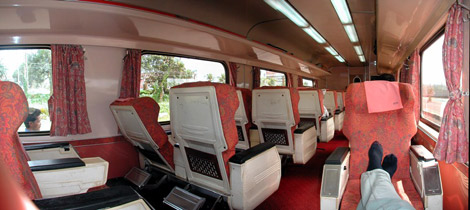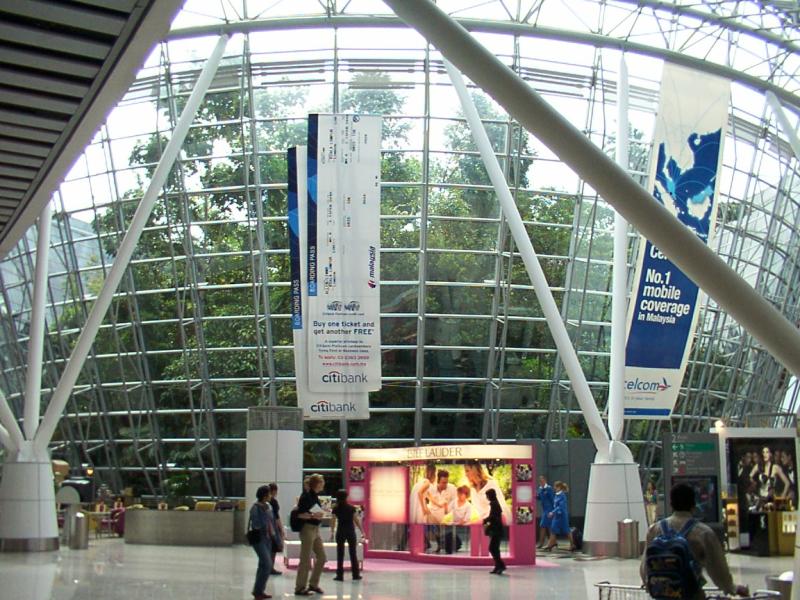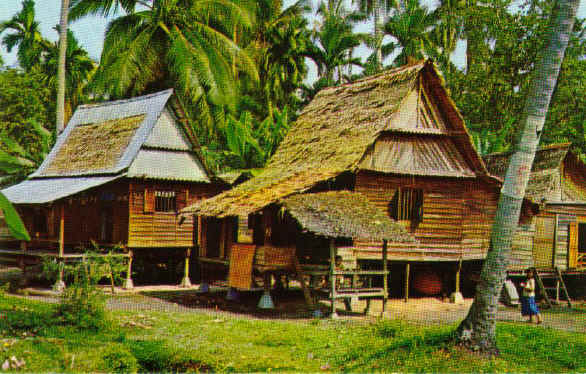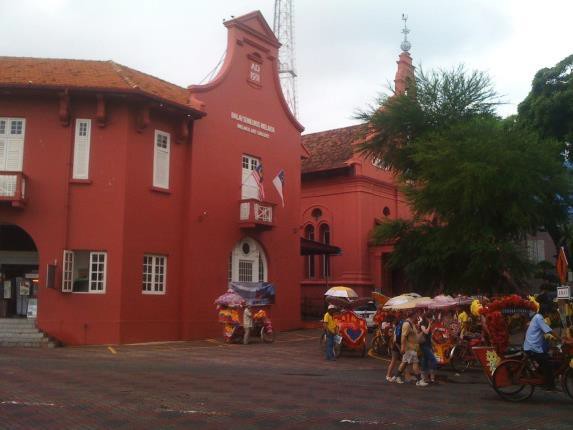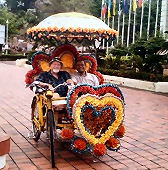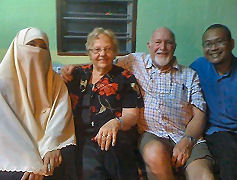|
Radschool Association Magazine - Vol 44 Page 10 |
||||
|
Privacy Policy | Editorial Policy | Profit Policy | Join the Association | List of Members | Contact us | Index | Links |
||||
|
Back Go to page: 1 2 3 4 5 6 7 8 9 10 11 12 13 14 15 16 17 18 19 20 Forward |
||||
|
|
||||
|
Bromine.
Back in my high school
days, my school, like a lot of others in Oz, had a cadet corps. I
Then in October of each year we went to camp for advanced training. I lived in Launceston in those days and back then Tasmania had a passenger rail service, the Tasman Limited, which ran from Wynyard (Burnie) in the north-west down to Hobart, via Launceston. Back then the cars and the roads weren’t all that smart and if you had to drive any further than 40 miles you took a cut lunch and had a breather on the way. A lot of people used the train but eventually the cars and the roads improved and rail travel diminished and finally it was uneconomical to keep the train going and it was taken off the line in 1978. |
||||
|
|
||||
|
The annual Cadet Camp was a great experience for us young blokes, we went off to our first when we were about 12 years old and for most of us it was the first time we had been away from home without our parents. We boarded the train in Launceston, joining blokes from the North West of Tassy, waved good bye to our parents and off we went, all of us looking forward to a huge adventure. Back then, Cadet Camps in Tasmania were held at the Brighton Army Camp which was about 30 klms north of Hobart on the Midland (Launceston to Hobart) Road.
Brighton was the site for Hobart’s first airport (1931), it was the camp site for Troops from Tasmania who were heading for WWII and later it was used as a POW Camp for Italian prisoners. Unfortunately, it was burned to the ground in September this year.
The Camps were attended by Cadets from schools all over Tassie which meant there were about 200 young blokes at the Camp. Each school sent along two or more teachers to look after and to discipline their charges. On arrival we were allocated a hut and a spot in the hut and then given a large hessian bag and taken to a pile of straw and shown how to make a bed, a palliasse. Blokes on their first camp tried to stuff as much straw into the bag as they could, whereas the experienced blokes knew the best bed was made with just enough straw to half fill the bag. Once the straw was in the bag, we were given string and a huge needle and shown how to sew up the end to keep the straw in.
Once made and put in place, these ‘beds’ were extremely comfortable on which to sleep, though I don’t think I’d swap the innerspring for one today.
The camps were great, if you weren’t a boarder at a school, it was the first time you experienced joint living with a bunch of other young blokes and as we were all about 12 -13 years old, it was a time when our voices started to head south. As everyone knows, the voice and other changes take place at different times for different blokes and there are always some who are way ahead of everyone else. These deep voice blokes were revered by all the high pitchers as they were “experienced” and knew “stuff”. These blokes always had stories of their “experiences” with girls and we gravitated to them to listen to them boast of the number of girls they had spoken to, or held hands with or, as grown up as you could get, gone to the movies with one. We were very envious and believed every word they spoke because they just knew important stuff about girls!!!
Back then not a lot us
knew anything about sex, but we were all interested in it and wanted
to know more about it and therefore were only too eager to listen to
the deep voicers who at least knew the right words. One story they
told us, and we believed it because they knew stuff, was that the
Army put Bromine in our drink to lower out sexual urges and made
Funny thing is, that story has stayed with me for years, I’ve never forgotten it and when at 20 years old and I was at Edinburgh doing rookies, I heard it again. The more experienced blokes told us the RAAF cooks were doing it too and because I had believed it years before, I believed it again. The coffee and tea urns were supposedly laced with Bromine and were to be avoided at all costs. Months later, when I’d left the Rookie environment and was part of the real Air Force I found that it was a military Furphy that has been around since Caesar was doing rookies. Someone always knew that 'someone' (whoever 'someone' was) always put bromine in the tea/coffee to keep young blokes sexual libido well suppressed.
This fable is well-known to various military recruits around the world. The story given in Poland is that the coffee has been treated, while in France, the legend is that the French soldiers are given adulterated wine. The South African recruits reputedly have a mysterious substance called 'blue stone' added to their food to keep them calm, while in Germany, the tale is that German recruits are kept in line with a double dose— the addition of iodine into the coffee as well as soda in the meat.
In his book
Sex and the British, the author Paul Ferris refers to
the use of bromine to
Bromine is, apart from mercury, the only element that is a liquid at room temperature. It is a reddish brown fuming liquid with an acrid, poisonous gas. It was discovered by the French chemist Antoine-Jérôme Balard in 1826 from the residues left over after sea salt had been taken out of sea water. The French Academy of Sciences gave this element the name bromine from the Greek word bromos which means 'bad or pungent odour'. Bromines of potassium, lithium, calcium, sodium, strontium and ammonium have long been used in medicine because of their sedative effect, and this is where the myth may have come from. In the 19th century, these salts of bromine were used as sedatives to treat everything from mild difficulty in falling asleep to full-blown epilepsy.
Back in the 19th century, children of the upper classes were surreptitiously fed salts of bromine to sedate them, and calm down the natural vigour and exuberance of youth. It was delivered to them via their own personal salt shaker at the table, which was supposedly there as a mark of the children's importance and status within the family, but was really there to keep them quiet, and in their place.
What a shame, that cocoa smelt so good too.
|
||||
|
Three statisticians go out hunting together. After a while they spot a solitary rabbit. The first statistician takes aim and overshoots. The second aims and undershoots. The third shouts out “We got him!”
|
||||
|
Air Force bids farewell to final F-111 as it leaves for Pacific Air Museum 04/09/2013 |
||||
|
Back in September of this year, the RAAF farewelled its last remaining F-111, which was taken from Amberley to Hawaii. The much-loved fighter bomber had its wings clipped ahead of its last journey to the Pacific Air Museum at Pearl Harbour.
The RAAF originally purchased 43 F-111s. Eight crashed, 23 were buried and the remaining 12 have been put on display in defence establishments and museums around Australia. The final F-111 was stripped down and carried as cargo inside a C-17 to Honolulu.
|
||||
|
When a statistician passes the airport security check, they discover a bomb in his bag. He explains. “Statistics shows that the probability of a bomb being on an aeroplane is 1/1000. However, the chance that there are two bombs at one plane is 1/1000000. So, I’m making sure it’s safer …”
|
||||
The Pratt and Whitney R-4360 engine.The Pratt & Whitney R-4360 Wasp Major was a large 28-cylinder supercharged air-cooled four-row radial piston aircraft engine designed and built during World War II. It was the last of the Pratt & Whitney Wasp family and the culmination of its maker's piston engine technology, but the war was over before it could power airplanes into combat. It did, however, power the last generation of large piston-engined aircraft before the turbojet and turboprop took over.
Although reliable in flight, the Wasp Major was maintenance-intensive. Improper starting technique could foul all 56 spark plugs, which would require hours to clean or replace. As with most piston aircraft engines of the era, the time between overhauls of the Wasp Major was about 600 hours when used in commercial service.
Aircraft on which the engine was used are: |
||||
|
The R-4360 was a supercharged 28-cylinder four-row air-cooled radial engine and each row of pistons was slightly offset from the previous, forming a semi-helical arrangement to facilitate efficient airflow cooling of the successive rows of cylinders, with the spiraled cylinder setup inspiring the engine's "corncob" nickname.
It had a displacement of 4,362.50 in³ (71.5 L), hence the model designation. Initial models developed 3,000 hp (2,240 kW), and later models 3,500 hp, but one model delivered 4,300 hp (3200 kW) using two large turbochargers in addition to the supercharger. Engines weighed 3,482 to 3,870 lb (1,579 to 1,755 kg), giving a power-to-weight ratio of 1.11 hp/lb (1.83 kW/kg), which was matched or exceeded by very few contemporary engines.
Wasp Majors were produced between 1944 and 1955 and a total of 18,697 were built.
One aircraft the R-4363 powered was the Convair B-36 Peacemaker. It had 6 of the P&W engines, mounted in a push configuration and these were supplemented by 4 jet pods on the ends of the wings.
An aircraft with the range of the B-36 still needed to be stationed as close to the enemy as possible and this meant the northern continental United States, Alaska, and the Arctic. As a result, most "normal" maintenance, such as changing the 56 spark plugs (always at risk of fouling by the leaded fuel of the day) on each of its six engines, 336 plugs in total, or replacing the dozens of bomb bay light bulbs shattered after a gunnery mission, was performed outdoors, in 100 °F (38 °C) summers or −60 °F (−51 °C) winters, depending on the location. Special shelters were built so that the maintenance crews could enjoy a modicum of protection while working on the engines. Often, ground crews were at risk of slipping and falling from icy wings, or being blown off the wings by a propeller running in reverse pitch.
The wing roots were thick enough, at 7 ft (2.1 m), to enable a flight engineer to access the engines and landing gear by crawling through the wings. This was possible only at altitudes not requiring pressurization.
The Wasp Major engines also had a prodigious appetite for lubricating oil, each engine requiring its own 100 gal (380 l) tank. In 1950 Convair (then still Consolidated-Vultee) developed streamlined pods, looking like oversize drop tanks, that were mounted on each side of the B-36's fuselage to carry spare engines between bases. Each pod could airlift two engines. When the pods were empty they were removed and carried in the bomb bays.
Much more than other large aircraft powered by piston engines, the B-36 was very prone to engine fires, to the extent that some crews changed the phrase "six turning, four burning" into "two turning, two burning, two smoking, two joking, and two more unaccounted for." This problem was exacerbated by the propellers' pusher configuration, which increased carburetor icing. The design of the R-4360 engine tacitly assumed that it would be mounted in the conventional tractor configuration—propeller/air intake/28 cylinders/carburetor—with air flowing in that order. In this configuration, the carburetor is bathed in warmed air flowing past the engine cyclinders and so is unlikely to ice up. However, the R-4360 engines in the B-36 were mounted backwards, in the pusher configuration—air intake/carburetor/28 cylinders/propeller. The carburetor was now in front of the engine and so could not benefit from engine heat, and also made more traditional short term carburetor heat systems unsuitable. Hence, when intake air was cold and humid, ice gradually obstructed the carburetor air intake, which in turn gradually increased the richness of the air/fuel mixture until the unburned fuel in the exhaust caught fire. Three engine fires of this nature led to the first loss of an American nuclear weapon.
|
||||
|
A physicist, a biologist, and a mathematician are sitting on a bench across from a house. They watch as two people go into the house, and then a little later, three people walk out. The physicist says, “The initial measurement was incorrect.” The biologist says, “They must have reproduced.” And the mathematician says, “If exactly one person enters that house, it will be empty.”
|
||||
|
FAR-CANAL!
(The trials & tribulations of David & Bina Marr on the “Canal Cruise” tour)
For those of you who may not know what we’re up to; brother, John, bought a canal (narrow) boat in the UK and cruised the canals, (with the good lady, Melva) last year. Bina and I have jumped at the opportunity of doing the same this year and so - here we are - on our way to the UK and beyond.
Brisbane - Singapore
We departed Brisbane at 11:30pm on Wed. 5th June and arrived in Kuala Lumpur at daylight, in transition to Singapore, where we finally arrived at 9:30am.
The flight was without drama but, as day broke, the smoke-haze from the fires in Sumatra was extremely thick and not much of the scenery was visible. The “locals” told us that conditions had improved and that last week, we wouldn’t have been able to see across the road.
We took the shuttle bus to our accommodation, (at the “Boat Quay”) and left our baggage there, before heading for the Botanical Gardens to look at the orchids – always a priority when in Singapore. As usual, they were stunning, but different this time, because we were a month later than last visit. The Vanda’s probably took first place this time and here’re a couple to illustrate: (Click some to get a bigger view)
|
||||
|
By the time we’d finished at the orchid gardens it was mid-afternoon, we were completely shagged and it was check-in time for the accommodation. We checked-in and died for several hours.
Next day, we visited the Bayside Gardens and the incredible Casino building, one of the most amazing examples of modern architecture in the world, in my humble opinion. The gardens are wonderful, with 2 huge glass domes, (one, a mist dome the other, a flower dome) and many theme gardens plus, huge architectural trees, covered in vines and bromeliads etc. when the vines have grown to maturity, they’ll truly look like giant trees. The “Mist Dome” contains a multi-level tower, covered with cool-tropical, mist forest type plants, (orchids, bromeliads, ferns, vines etc. etc. etc…… (you name it) and has waterfalls plunging down the side. A truly magic environment.
The other dome contains plants and flowers of various regions of the world and you wouldn’t believe how weird some of them are. Nature truly is incredible. Here’re a few photos of the gardens etc.
|
||||
|
I want you to know that someone out there cares….. Not me! But someone does.
|
||||
|
|
|
|||
|
Above left, The gardens & domes from the top of the Casino and right, Mist dome (check the size of those moth orchids)
|
||||
|
Phalaenopsis (moth) orchid column |
Oncidiums (dancing ladies) |
|||
|
The Oncidiums are as large as the palm of my hand (a good 125mm diameter) and while the yellow ones aren’t all that spectacular, the purple ones are stunning. The orchids in the Mist Dome were as good as the Orchid Gardens this time and, including all the other varieties of rainforest and tropical plants, was a truly amazing experience. We highly recommend it to all.
Just look at the “dancing lady” below and remember, each flower is at least 125mm across. Absolutely stunning!
|
||||
|
|
||||
|
|
|
|||
|
|
||||
|
|
||||
|
|
||||
|
After the Gardens we visited the Casino and took the elevator to the viewing platform, on the gondola, on top. The gondola also contains a park, swimming pool, restaurants and penthouse apartments (all, just a tiny bit above our budget). We took in the view and returned to the mezzanine floor, which covers the entire internal floor space of the building and is also stunning. It’s more than a city block in length and filled with restaurants, exclusive shops and an amazing display of antique French, (Louis the X1Vth. I think) royal furniture and clocks.
Stunning!
Left, the Casino Mezzanine, (note the “high fashion” shopper ambling down the centre, with an eye out for a bargain at the Louis Viton shop, just down the way.)
We were pretty knackered by this time so decided to head for the guest house and get our heads down for a couple of hours rest, before looking for a food hall for dinner and a ride on the Singapore Flyer (giant Ferris wheel). The flyer and dinner were great and we were truly washed out and in need of a decent sleep, before a 6:00am start on the train to Kuala Lumpur.
|
||||
|
Malacca, (Malaysia)
Because
of
the
strange
ticketing
system
for
trains from
Singapore
to
Malaysia,
(tickets
bought
in Singapore
paid
for
in
Singapore
dollars
of
the
same
number
as
the
face
value charged
in
Malaysian
ringgits, e.g.
Fare =
MR132.00
pay SD$132.00
=
The train trip to KL is well worth the trouble. It shows the huge contrast between the 2 countries; Singapore; densely populated, high-rise everywhere but, wealthy, clean and scenically attractive, due to the wonderful landscaping. Malaysia; on the other hand is much poorer, not as clinically clean, sparsely populated and densely green, with lush, tangled jungle, interspersed with large plantations of oil palm.
Lost!!!!!
We arrived at KL; (only 30 minutes late - Malaysian Rail is obviously based on the British Rail system) changed money and boarded the KLIA express to the airport where we were to collect our hire car...and that folk’s is where the excreta hit the whirly thing.
We found the car-hire office, presented our prepaid voucher and hit a brick wall. After much head scratching and several phone calls, the attendant informed us that the booking company had cancelled the booking several days previously…………………….. Whaaaaaaaaat the !$@#&*^ d’ya mean “cancelled it”? - “The company cancelled the booking Sir and no, we don’t have any more vehicles available.”
There follows an interlude of sheer frustration, animated cursing and general despair, followed by my storming back upstairs to the airport terminal, where I can get Wi-Fi, to get on-to the booking office and tear someone’s balls out.
When I finally get on the internet and call the booking office – it’s after hours and the call is diverted to the US-of-A where I get a ten minute message advising me to leave a message after the beep. (Temperature’s definitely rising now). While I’m figuring out how to proceed, (Bina’s been left deserted down in the garage in the hire-car area by the way) I decide to check my records, so I’ve got the booking number and payment details at hand and, ???????????????? “where’n hell’s the payment details?” A creeping feeling of remorse; “It’s not possible I could’ve missed the payment is it? I’ve been so thorough, checking and re-checking everything, for the last 3 months, - it couldn’t happen, - could it?????” Just to make things more interesting; both Skype and Adobe Reader failed and had to be re-installed, while I was trying to do all this. (Murphy lives with the Marr’s, I tell you).
At this stage, I decided that retreat was the order of the day and that I’d better rescue the “precious one”, find another hire-car and try to find our next accommodation, (2 hours away in Malacca). A lady in another car-hire company had heard of our plight and approached Bina and offered her a vehicle, if we’d like. “We like” and take-up the offer but, “Sorry, no GPS and we out of maps. So sorry.”
We mount-up and hit the road, (6 lanes of chaos) and head for Malacca, (we hope) and oh! By the way, it’s now night-time and pitch black. We’re sorely in need of a map and about 50k’s down the freeway, dodging lorries, busses and wall-to-wall traffic, (with the odd million or so suicidal motor scooters thrown in for entertainment) when we pass the first roadhouse. “Bugga!” I hope there’s another somewhere down the way.
Finally, after about another 100k, we see another roadhouse and manage to get into it and get a map and information, as to where we need to turn-off the freeway. To make a much longer story short, we found the turn-off, got lost about 15 times but, the old “navigation by tongue” came through and we found ourselves in a maze of narrow tracks and lanes, (un-signposted) in a Kampong, “somewhere in Malacca.”
It’s now about 9:30pm and after several false starts, driving into the wrong houses, knocking on wrong doors etc. we finally turned into a lane and had to stop to let a motor scooter come out and, blow me down! It’s the owner’s, on their way out, after giving-up on us. Thank goodness they recognised us, (not difficult I suppose, considering we’re probably the only white people in the entire state of Malacca, let alone Kampong Alai.)
We’re guided
to
the
Homestay,
shown
our
room,
offered
a
hamburger
and drink,
apologised
to,
for
the
noise, (there’s
a group
of
young
people
singing
traditional
songs
So here we are folks, lost! Somewhere, at a homestay, in a Kampong, in Malacca - Malaysia. The accommodation is comfortable and has an ensuite with a seat-type toilet, not a squat, (much to Bina’s relief) but, a cold water hose for toilet paper and a cold shower for cleanliness, (much to Bina’s disgust). The weather however is hot enough, not to require hot water.
PS. To top it off, the Kampong’s also alcohol-free (much to my disgust).
Next Day: We’ve slept well, cooled down, recovered from the stress of the previous 24 hours, been welcomed by our lovely hosts and fellow guests, given breakfast and so much help and kindness, we feel embarrassed by the worry we’ve caused them the previous night. The Malay people are so gentle, friendly and kind, you can’t imagine. They’re very family oriented and it’s wonderful to see them all sitting around, talking, laughing, children playing quietly, teenagers happy and enjoying themselves, (no moaning, bad language or disrespect) and not a drop of alcohol or drugs anywhere. I seem to remember times like this, (many years ago) where did our society go wrong?
We’ve met-up with our friends, Aris, Siti and family, (who saved our bacon the previous time we were in Malaysia, when the train had broken down and we were going to miss our flight to Cambodia) and have been shown around Malacca, a wonderful, old, (1511 ad.) Portuguese/Dutch influenced city. Some of the old buildings and the remains of the fort are well worth seeing and there are archaeological remains of old foundations wherever they excavate for new developments.
An amazing sight: Yesterday, in town by the river, we were having some refreshments, when I saw a giant monitor lizard swimming by. At first I thought it was a crocodile (about 3.5m long) but it was soon obvious it was a giant lizard, because of the raised head. Talk about “Jurassic Park” this thing was the nearest to a dinosaur I’ve ever seen. Awesome!
To top it off, I saw 2 smaller ones and, Aris informed me that they’d only been seen in the river over the past year, (the first time in a century or so).
|
||||
|
||||
|
||||
|
|
||||
|
|
||||
|
|
||||
|
|
||||
|
Back Go to page: 1 2 3 4 5 6 7 8 9 10 11 12 13 14 15 16 17 18 19 20 Forward |
||||
|
|
||||
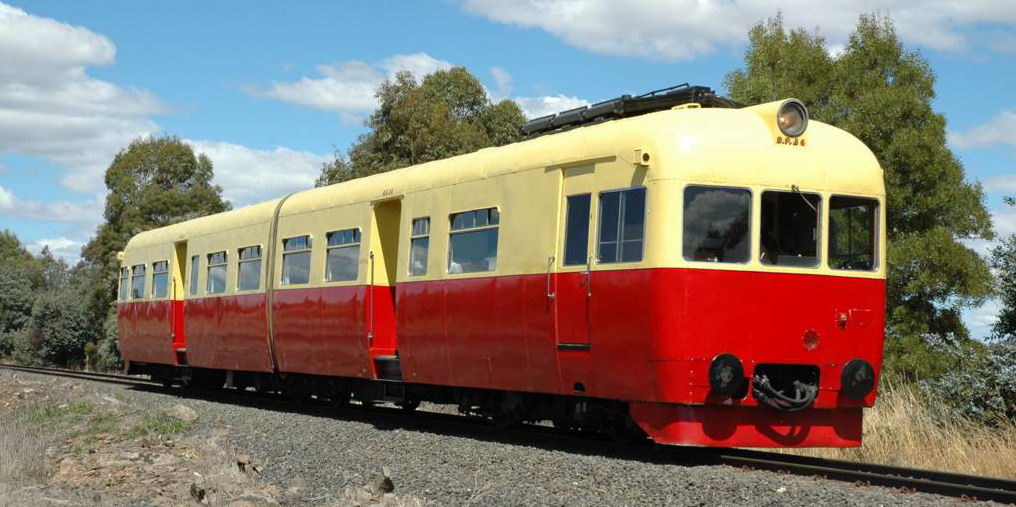
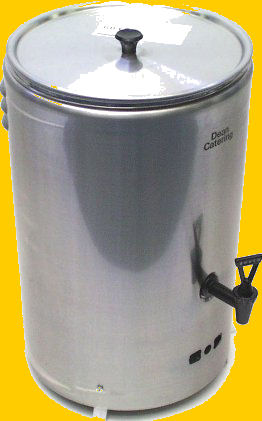 us all meek and mild. This was supposedly done to made us easier to handle.
Those that knew stuff told us that too much bromine would kill off
our sexual urges for good – and we were terrified of it. At about
8.00pm, the cooks would bring a large urn of hot cocoa into our hut
which we knew was just laced with the stuff so none of us drank it
and it was tipped out. Luckily we did, otherwise none of us would be
the men we are today – or were!!
us all meek and mild. This was supposedly done to made us easier to handle.
Those that knew stuff told us that too much bromine would kill off
our sexual urges for good – and we were terrified of it. At about
8.00pm, the cooks would bring a large urn of hot cocoa into our hut
which we knew was just laced with the stuff so none of us drank it
and it was tipped out. Luckily we did, otherwise none of us would be
the men we are today – or were!!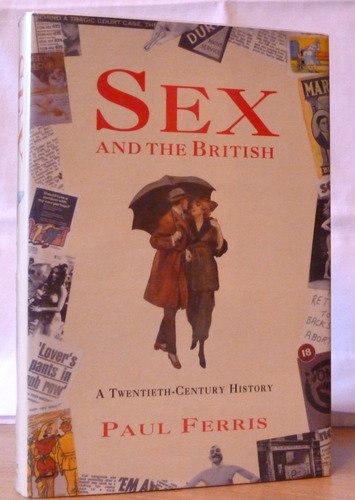 reduce the sexual libido of soldiers. But guess what, it's not true.
This myth that the new recruits are so virile that they need to be
tamed and contained by drugs is a backhanded compliment.
reduce the sexual libido of soldiers. But guess what, it's not true.
This myth that the new recruits are so virile that they need to be
tamed and contained by drugs is a backhanded compliment.